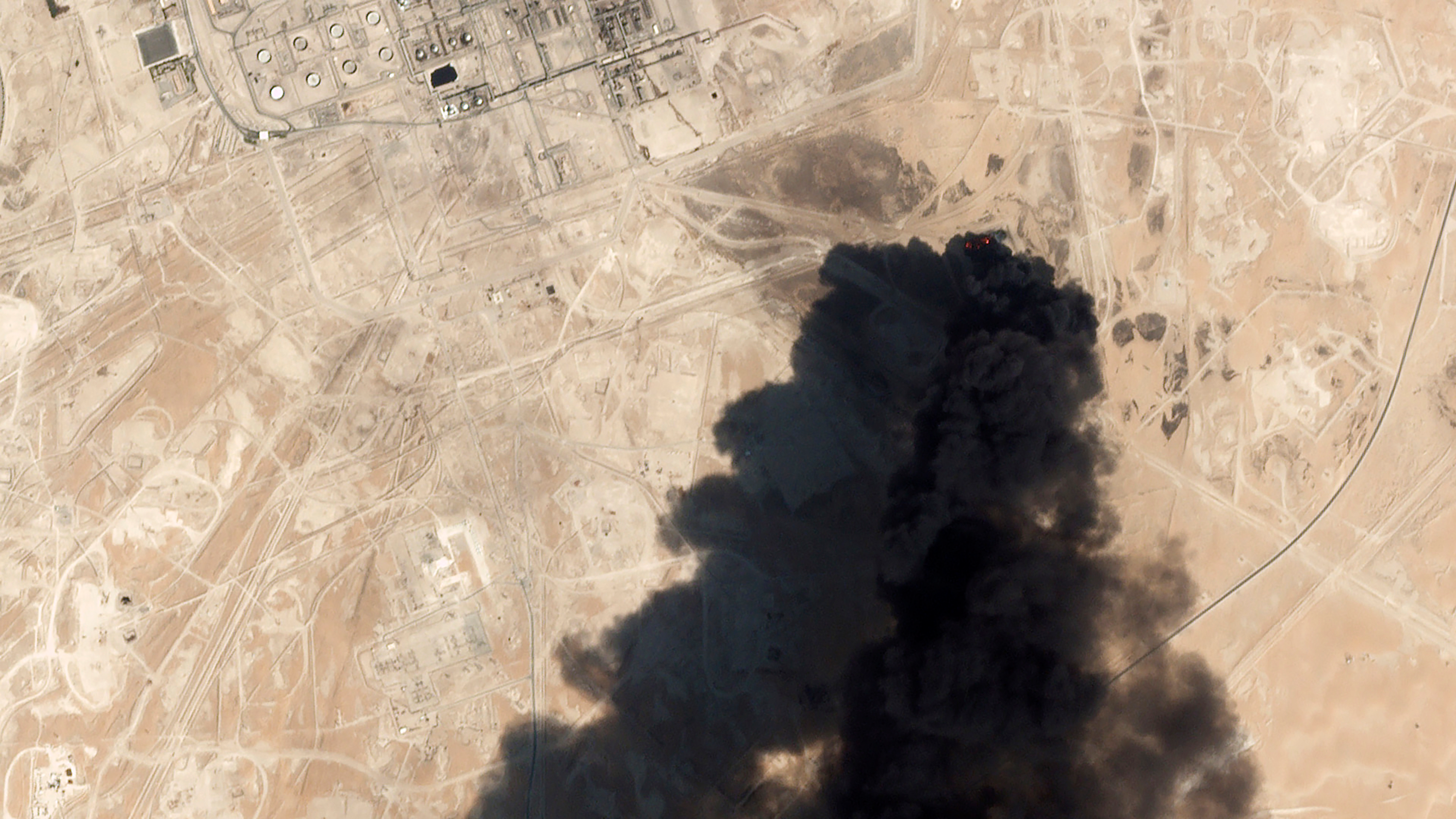How Did Drones Take Out 5 Percent Of The World's Oil Supply?
On September 14, some as-yet officially unknown perpetrators launched a complex attack on Saudi Arabian oil facilities. The attack was apparently carried out by drones, cruise missiles, or both. It cut Saudi Arabia's oil exports by half, a big deal considering the country supplies 10 percent of all oil worldwide. Thanks to a handful of drones halfway across the planet, you could soon pay up to nine dollars more to fill up your F-150 at the pump. Call it the Drone Effect.
So how did this happen? Let's dig into it.
The attack took place in the predawn hours on Saturday and targeted the Abqaiq oil processing facility and the nearby Khurais oil field. Abqaiq, owned by Saudi Aramco, is the company's largest oil processing facility and the largest crude oil stabilization plant in the world.
Given the facility's importance not only to Saudi Arabia and the world economy, global repercussions are inevitable: in the U.S. alone, the attacks caused gas prices to spike three cents a gallon (or more in some places) with a larger spike of 25 cents projected over the course of the next several weeks.
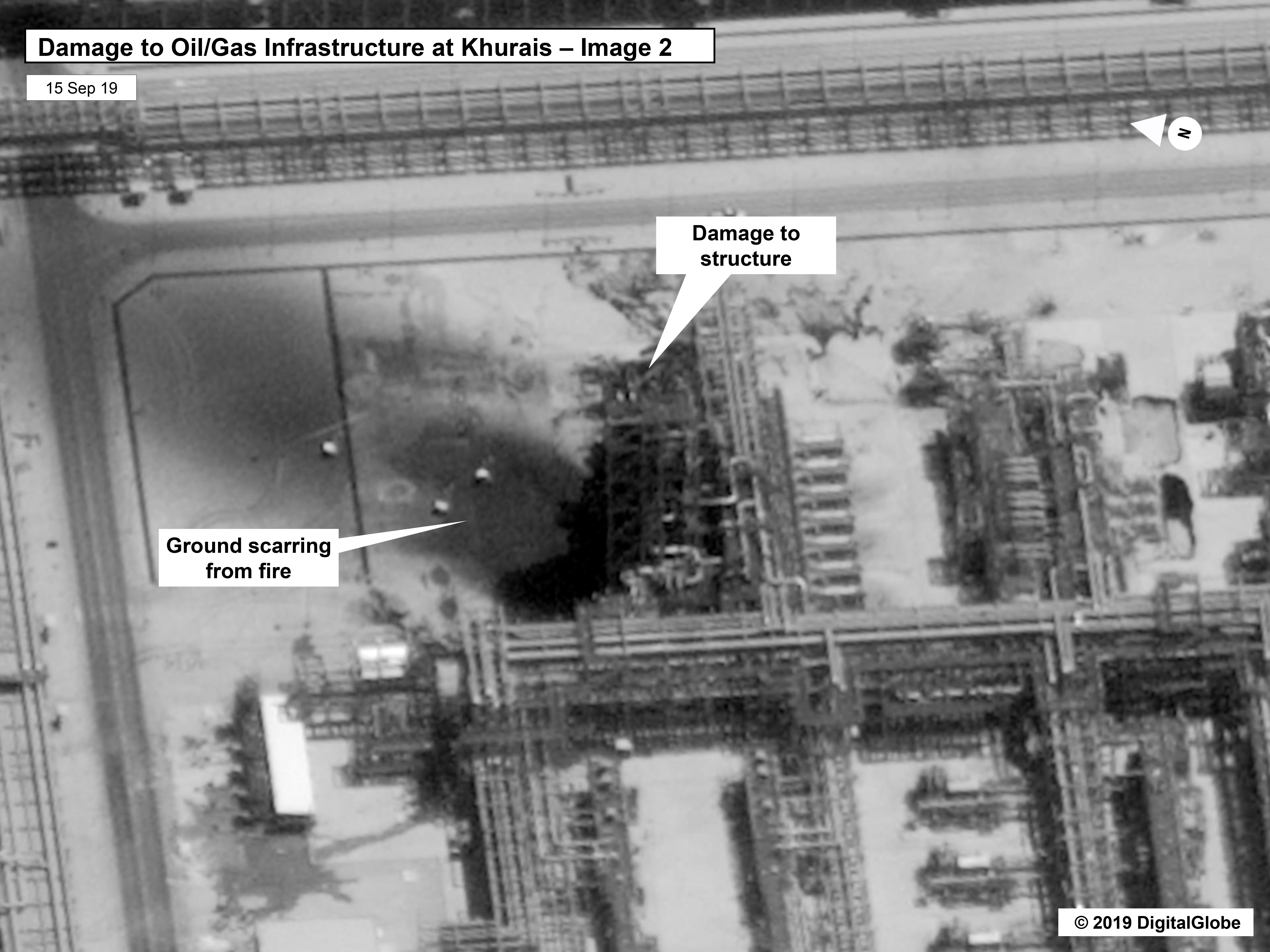
Yemen's Houthi rebels readily accepted responsibility for the attacks, claiming they launched the attack in retaliation for the Saudi Arabia's involvement in the Yemen Civil War. They even bragged that they carried out the attacks with 10 drones of an unknown type.
The Houthi admission closes the case of whodunnit, right? Actually, no. The Houthis claim they launched 10 drones, presumably packed with explosives, toward Saudi targets. Great, but satellite photos reveal 17 targets damaged.
What's more the targets were struck with a high level of precision, with individual structures damaged among the vast Abqaiq complex. The strike was so precise it raises questions as to who really backed it.
(Note: Drones as a vehicle encompass a wide variety of flying objects, from quadcopters to high speed subsonic pilotless aircraft. The latter is remarkably similar to the concept of the cruise missile, resulting some commonality between drones and cruise missiles. The arming of such drones with explosive warheads only further muddies the waters. In this article we'll use the terms interchangeably unless noted otherwise.)
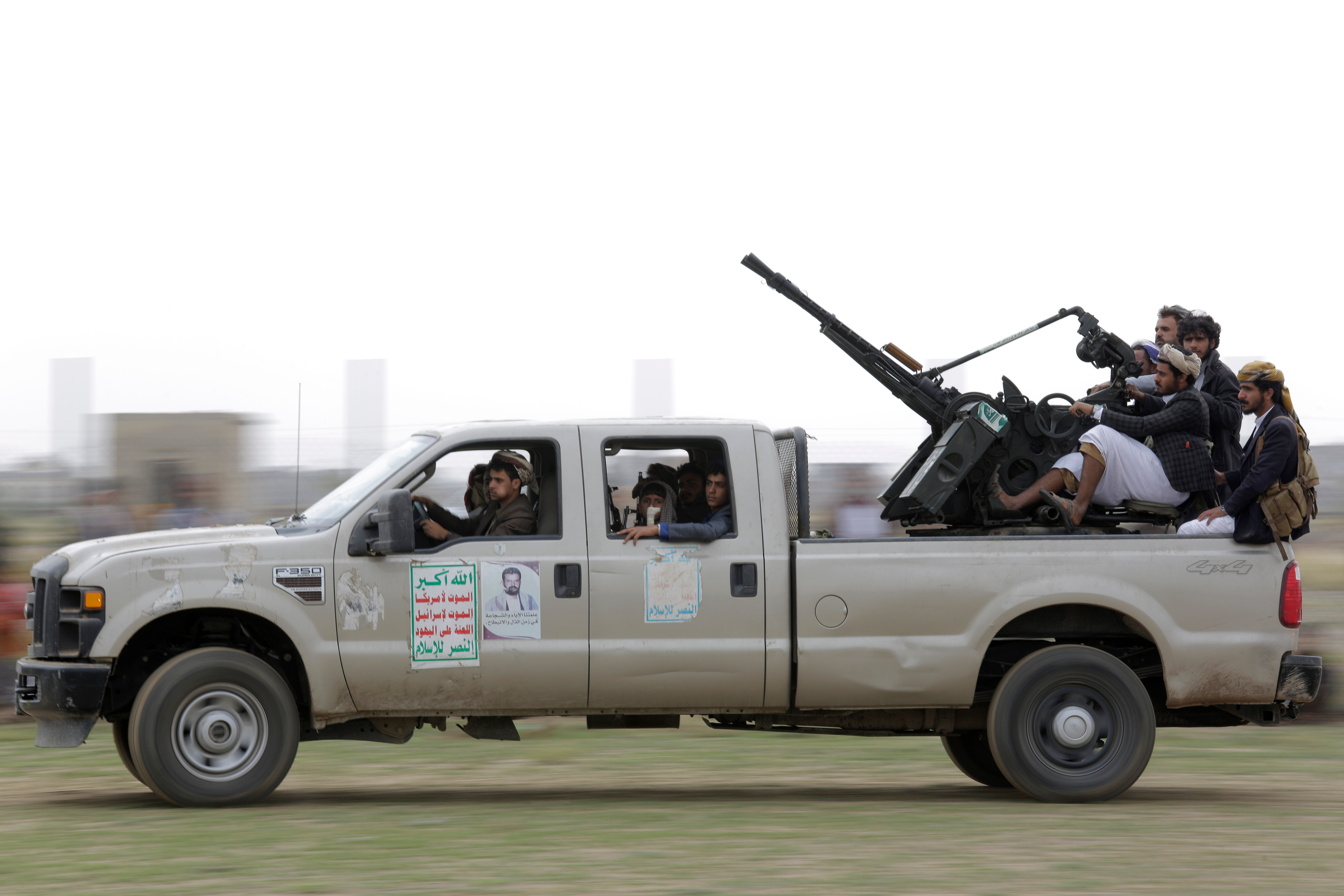
The number of drone attacks has increased dramatically over the past several years. ISIS fighters launched weaponized civilian drones against their enemies, including one case where a drone packed with explosives killed two Kurdish Peshmerga fighters and injured two French special forces soldiers. In Ukraine, drones armed with thermite hand grenades have repeatedly targeted Ukrainian Army ammunition dumps—in once instance doing a reported $1 billion in damage.
The most spectacular drone attack so far took place in January 2018 when Syrian rebels attacked Khmeimim Air Base and Tartus Naval Base—two major Russian military outposts—with a swarm of drones. Russian forces reportedly downed all thirteen drones, seven with anti-aircraft fire and six by taking control of them electronically. The drones, had they gotten through, could have caused substantial damage to Russian forces deployed to Syria.
Houthis rebels have indeed struck Saudi targets before with drones and missiles, but the attacks have been haphazard and largely ineffectual. Saturday's attack was the most complicated and successful to date, raising questions if someone else had a hand in it.
Shortly after the attack, Saudi authorities discovered debris from what appear to be cruise missiles. The debris looks like a Houthi Quds-1 cruise missile/drone, a conclusion drawn by Fabian Hinz at the Arms Control Wonk blog.
What is unknown is how rebels in such an economically challenged country could design and manufacture a cruise missile all by themselves.
Unless, of course, they had help.
The Quds-1, as Hinz points out, bears a certain similarity to the Iranian Soumar cruise missile. Iran supplies the Houthis with weapons, including missiles and drones. While debris in the desert doesn't appear to be from Soumar missiles, they do look like they are from Quds-1 missiles.
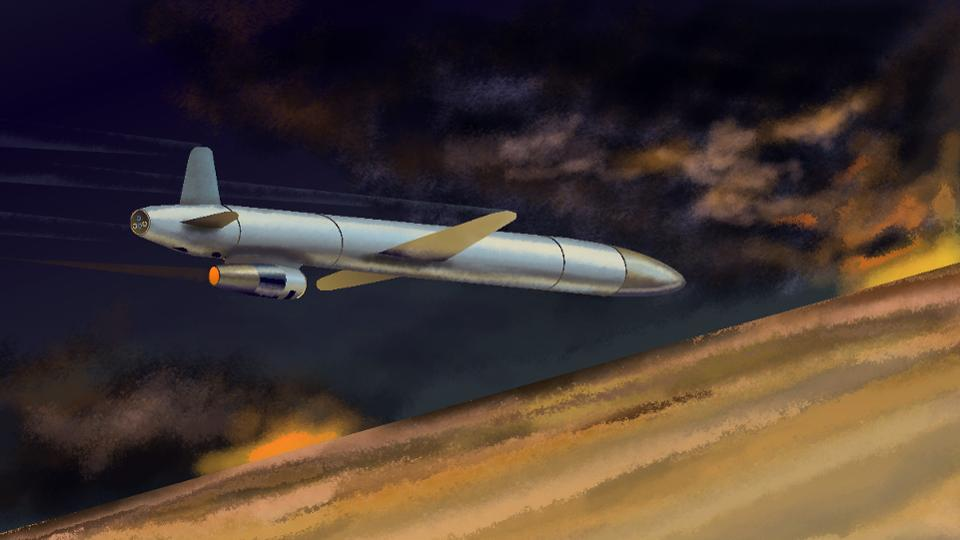
Meanwhile, U.S. intelligence is preparing a "tell-all" briefing revealing what it knows about the attacks, supporting the Trump Administration's view they were perpetrated by Iran. NPR quotes two unnamed Pentagon officials who claim U.S. spy satellites picked up drones and missiles being readied inside Iran just before the attack on Saudi Arabia. Under that scenario the missiles may not have come directly south from Yemen but east from Iran. Given the likelihood the Quds-1 is actually manufactured in Iran, that would make launching them from Iranian soil a simple matter.
Now comes the big question: how did the Saudi military, with a defense budget of $67.6 billion, allow this drone attack to penetrate its territory and cause such massive economic damage? Saudi Arabia has large numbers of Patriot missiles, but most of the missile batteries were likely looking south, guarding against ballistic missiles flying north from Yemen. The limited coverage arc of the AN/MPQ-65 radar makes it fairly easy to fly around—particularly if you're coming from the east.
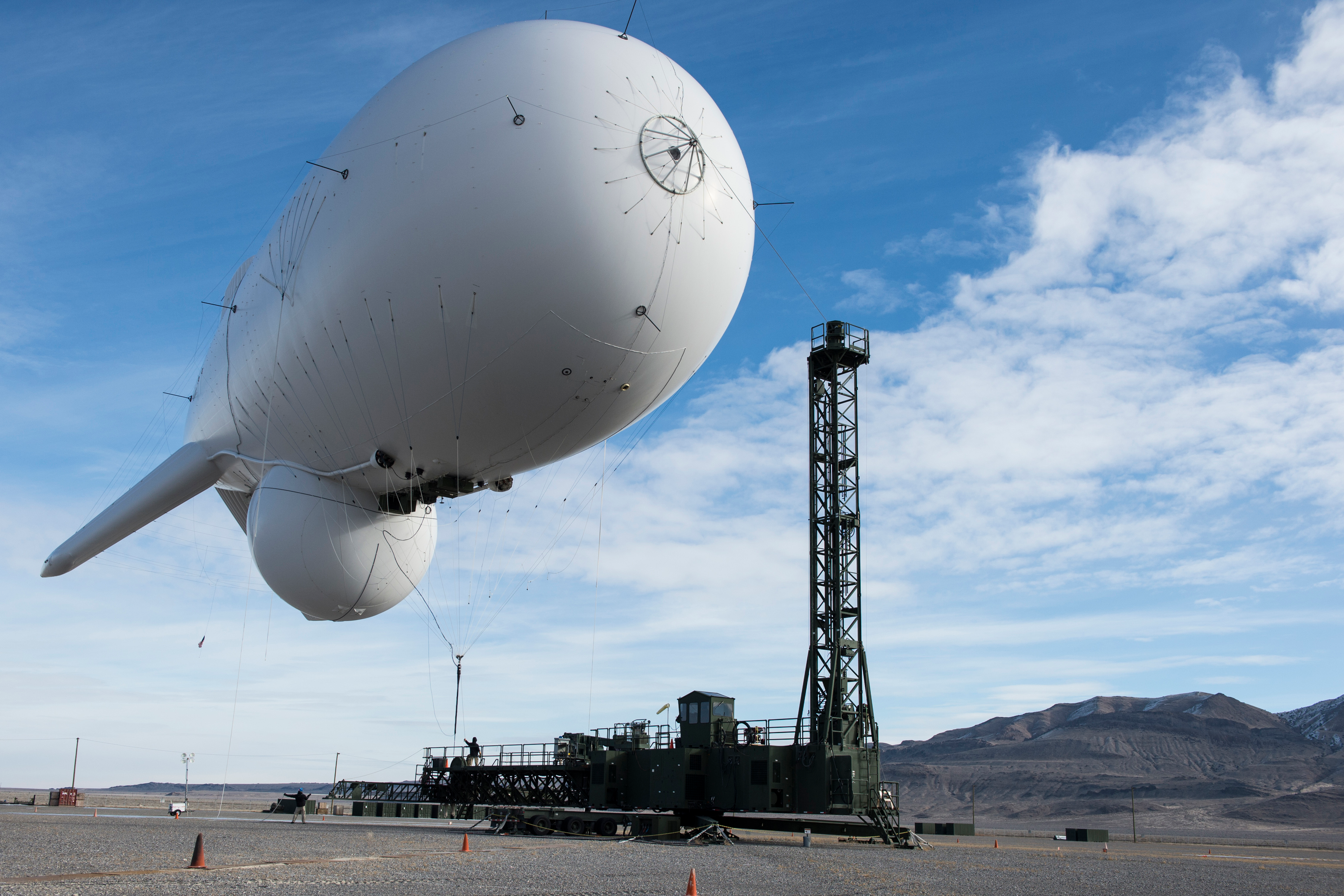
Another reason is that cruise missiles fly at low altitudes, making detecting them with ground-based radars difficult. The U.S. Joint Land Attack Cruise Missile Defense Elevated Netted Sensor System, or JLENS, consists of two radar-equipped aerostats designed to detect low-flying cruise missiles obscured from ground-based radars by the curvature of the Earth. Saudi Arabia has no such system, relying on ground-based radars.
The Saudis shouldn't feel too badly about missing the strike. Under the circumstances U.S. forces might not have done much better. JLENS has had numerous technical problems and probably would have been abandoned by now were it not theoretically protecting the Eastern Seaboard from surprise attack by nuclear-tipped cruise missiles. American Patriot missile radars work the same as Saudi Patriot missile radars.
On the plus side, U.S. E-2D Advanced Hawkeye and E-3 Sentry airborne early warning and control aircraft might have detected a swarm of low-flying cruise missiles. That is, if they were deliberately looking for it.
The circumstantial evidence: the Quds-1 missile, Iranian military support for Houthi rebels, a Houthi tax base seemingly incompatible with cruise missile development, and mutual hostility between Riyadh and Tehran, seems to point to some level of Iranian involvement. That's certainly what the Trump Administration believes. Now, this administration has cried wolf hundreds of times, but this time it really looks like there might be a wolf after all.
The question is: Who will believe them?
🔴 Here it is. The 'material evidence' which the #Saudi government says they collected from the sites of the weekend attacks (and the attack on Afif oil facility in May) and which they say proves that Iran was responsible for the attacks. News conference live now @SkyNews pic.twitter.com/18XBwAINT4
— Mark Stone (@Stone_SkyNews) September 18, 2019
Update: this morning Saudi forces held a press briefing and stated that the complexes were attacked by both winged unmanned aerial vehicles and cruise missiles. According to Sky News, the Saudis displayed seven sets of UAV wreckage labelled "Iranian Delta Wing UAVs" and two cruise missiles that failed to reach their targets. The Saudis now believe the attacks were explicitly the work of Iran and came from the north—not the direction of Yemen.
